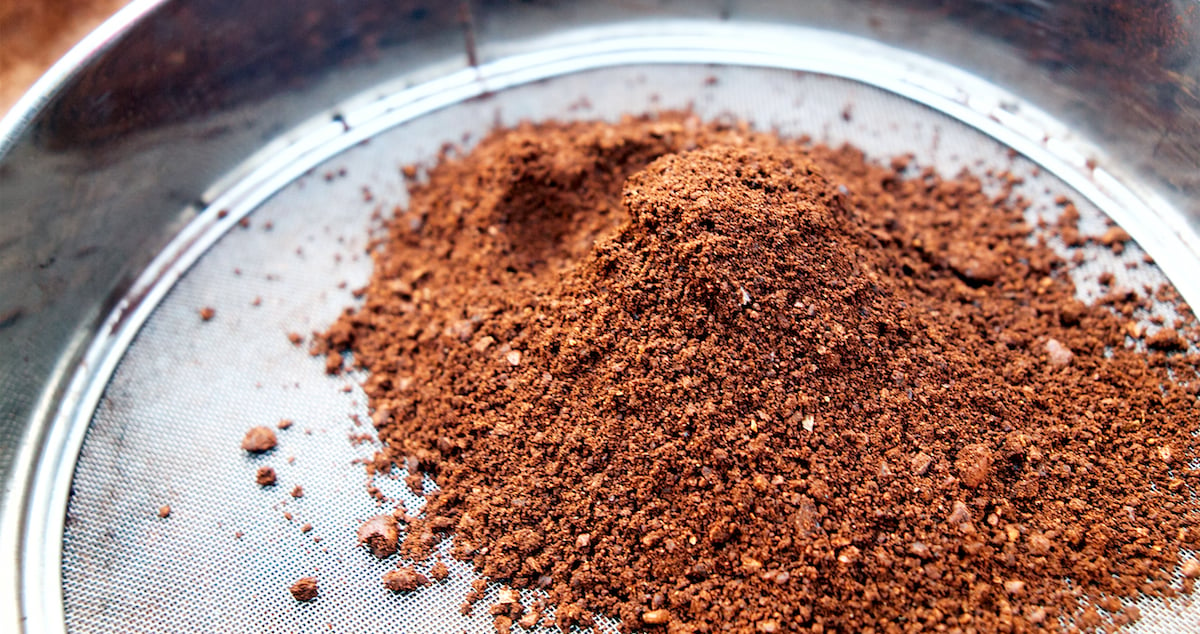4 Keys to Dry Grinding Success You Need to Know

The number of products in our daily lives that go through the grinding process is incredible; everything from cement to cereal to cold medicine to ceramics. Yet, completing that process is no simple task. In fact, a company requiring grinding services may complete an “application sheet” containing over 20 questions just to prepare for a grinding trial.
Before digging into the key questions, let’s get us on the same page with a quick review of dry grinding (or milling).
Dry grinding is a size-reduction process used to create an end product or have that ground material added to others. Grinding is the breaking or tearing of a material using compression, impact, attrition, or cutting.
It’s really pretty simple: Within any number of specialized machines (or mills), material is loaded into a feed system, enters the milling chamber, is broken into a desired size, passes a particle size critical control point, and is collected as a finished product. Standard grinding mills include jet mills, hammer mills, jaw crushers, universal mills, air-classifying mills, and ball mills.
Before a grinding trial can take place, however, some vital questions need to be addressed. The answers to these end up being our four keys to dry grinding success.
1. What’s the Size Goal?
Particle size specification is the ultimate determining factor in grinding. It’s easier to achieve a specific size distribution range using dry, dense, granule particles. These usually have the optimum weight and moisture content. More difficult materials have large particles and are wet.
Size specifications fall into two broad categories: coarse grinding and fine grinding.
Coarse grinding reduces larger particle materials, some often shipped via rail or dump truck. These may be abrasive and/or be a challenge simply to feed into a grinding mill. Fine grinding reduces material to the single-digit micron level and requires mills specific for reduction to that size.
Occasionally, both grinding methods are required, depending on the beginning size and goal. Having to coarse grind and then fine grind naturally adds time and expense, requiring more processing steps to get to the end product.
2. What are the Material’s Main Characteristics?
Moisture content plays a big role in grinding, largely determining a material’s physical properties (strength, stiffness, elasticity, etc.). To see a quick comparison of wet grinding and dry grinding, read this article. [link to soon-to-be published wet/dry article]
In general, less moisture in the material means it’s more brittle, which is called its friability. High-moisture (highly friable) elastic and/or flexible material is challenging on grinding’s mechanical process. In some instances, a highly friable material needs to be cryomilled, in which the material is frozen in nitrogen before grinding to achieve the results needed.
Adhesivity (or a material’s stickiness) could also be challenging on the equipment’s mechanics. The cause of stickiness could be the material itself (an oily texture, for instance) or having a high moisture content; anything 5% or higher likely needs to be dried before grinding.
A material’s combustibility is obviously key from a safety standpoint, which is covered in the Safety Data Sheet (SDS). Having a valuable overview of a material — its chemical properties, physical attributes, health/environmental hazards, safety precautions, regulations, etc. — is critical for a safe, smooth-running grind.
Lastly, does the processing need to be technical grade or cGMP grade, the FDA standards that ensure a safe and quality process? While the demands of cGMP don’t require a dedicated plant for food grade processing, having grinding stations, labs, and clean rooms separate from other grinding only helps ensure safety.
3. Why are Material SampleS and TrialS so Important?
Having samples of both the final material and the raw material are invaluable. You can conduct important initial tests: color, starting feed size, material hardness, incoming moisture level, adhesivity, and bulk density, which determines final packaging; as bulk density decreases (less weight in the same volume), larger packaging is needed.
Running the material through a pre-production trial is the only way to really know how grinding equipment will perform. It also provides data on timing, so the team can determine the speed at which actual production will flow. Research findings here help establish lead times; something that’s just not possible otherwise (which brings us to key #4 …)
4. What Goes into Estimating?
Some companies that require dry grinding services expect quick answers to all their questions, some as soon as the initial inquiry call. Especially these:
- “What do your grinding services cost?”
- “Can you give me a per pound price so I can compare?”
- “How about an estimate; a range?”
That’s just not realistic, and here’s why.
Due to the complexity of the grinding process, the only solid estimate comes post-trial (or after two or three trials, depending on the material). A team needs a trial to determine everything that’s required, so that time/labor/cost charge can be scaled up to a full production shift.
How much material can be secured for the trial means a lot, too. The volume available for a trial dictates the equipment on which the trial will run. There are minimum material quantities for each piece of equipment, from a tabletop unit to a pilot-scale unit to a production-scale unit.
Even the most experienced grinders need trials to create accurate quotes.
So, you know that grinding and milling are the same thing. But if you’re looking for more information about the different types of milling, our Dry Grinding vs Wet Grinding Comparison Guide is a great place to start. Just click below to download. And if you have questions or want to reach out, it’s easy to contact us.


.png?width=100&height=110&name=CPS-Logo-rgb-no-callout%20(1).png)
